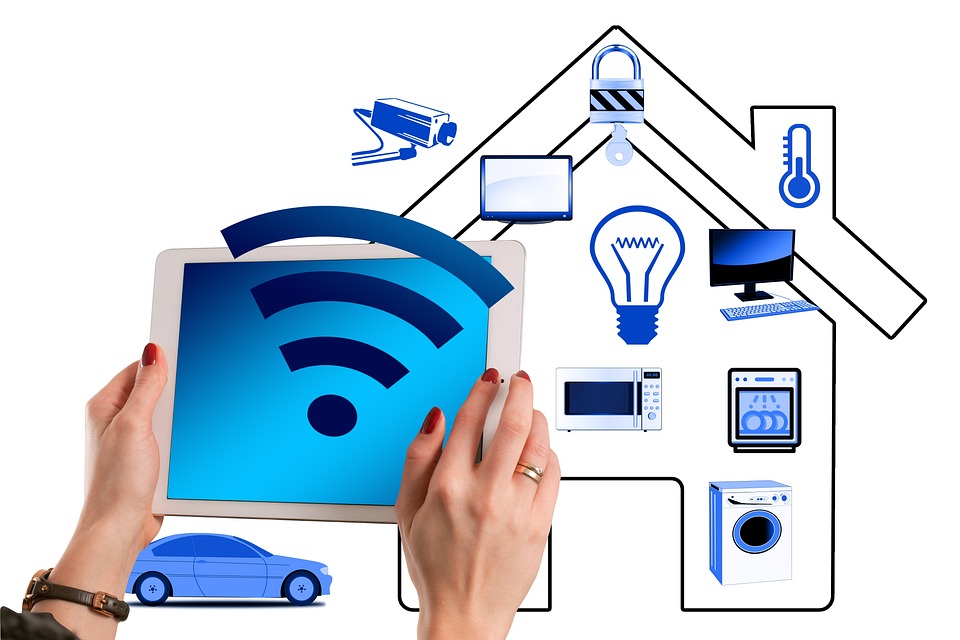How to Choose the Best Devices for a Smart Home
If you’re considering turning your home into a smart space, choosing the right devices is crucial to ensure a satisfying and functional experience. With so many options available, deciding which devices best suit your needs can feel overwhelming. This guide will help you make informed decisions when selecting devices for your smart home, from compatibility to budget.
1. Compatibility with Central Platforms
One of the first things to consider is whether the devices are compatible with your chosen central platform for your smart home. Common platforms include:
- Google Home: Uses Google Assistant to control compatible devices.
- Amazon Alexa: Allows integration with numerous devices and services via voice commands.
- Apple HomeKit: Ideal for Apple users, offering a secure and user-friendly ecosystem.
- Samsung SmartThings: Compatible with a wide range of devices from different brands.
Make sure the devices you’re considering work with your chosen platform to ensure seamless integration and the ability to control everything from one app.
2. Functionality and Specific Needs
Before purchasing any device, identify which areas of your home you want to automate and what functionalities are most important to you. Common smart devices include:
- Smart Lighting: Control lights remotely, adjust brightness, and change colors.
- Smart Thermostats: Adjust home temperatures based on preferences and usage patterns.
- Smart Plugs: Control electronic devices and schedule power on/off times.
- Security Cameras and Sensors: Provide real-time monitoring and alerts for suspicious activity.
Choose devices that align with your goals, whether it’s improving security, optimizing energy consumption, or increasing convenience.
3. Budget and Value for Money
Your budget plays a key role in selecting smart home devices. There are options for every price range, from affordable to premium solutions. Consider the following:
- Compare Prices: Research and compare prices between different brands and models to find the best deals.
- Long-term Value: Sometimes spending a little more on high-quality devices can pay off in better performance and durability.
- Bundle Deals: Some manufacturers offer discounts when you purchase multiple devices.
Balance your budget with quality and functionality to ensure you’re making a worthwhile investment.
4. Ease of Installation and Setup
For beginners, ease of installation and setup is essential. Look for devices that are easy to install and come with solid support. Consider these factors:
- User Manual: Ensure the device comes with a clear and detailed manual to simplify installation.
- Wi-Fi Compatibility: Check that the device connects easily to your Wi-Fi network without complicated setups.
- Setup Apps: Many devices include mobile apps that guide you through the setup process step by step.
Opt for user-friendly devices to avoid complications during installation.
5. User Reviews and Ratings
User reviews and ratings can provide valuable insights into the performance and reliability of the devices you’re considering. Look for reviews on:
- Shopping Websites: Read buyer reviews on sites like Amazon, Best Buy, or tech-focused stores.
- Forums and Online Communities: Check out tech and smart home forums for recommendations and user experiences.
Reviews help you identify potential issues and make more informed decisions.
6. Integration and Scalability
Think ahead about how you plan to expand your smart home system. Some devices are easier to integrate with other products, making future expansion smoother. Consider the following:
- Compatible Ecosystems: Ensure that new devices will work well with your existing setup.
- Updates and Support: Check if the manufacturer offers regular updates and good customer support.
Choosing devices that integrate easily and allow for future growth will help you build a more cohesive smart home system.
7. Security and Privacy
Security and privacy are critical when it comes to smart devices. Ensure that the devices you select offer adequate security features, such as:
- Data Encryption: Verify that the data transmitted by the devices is encrypted to protect your information.
- Two-Factor Authentication: Enable two-factor authentication for an extra layer of security.
- Privacy Policies: Review the manufacturer’s privacy policies to understand how your data will be handled.
Protecting your personal information and the security of your home is essential for a safe smart home experience.
8. Support and Updates
Lastly, choose devices that offer good support and regular updates. This ensures that the device remains functional and up-to-date with the latest improvements and security patches. Look for:
- Firmware Updates: Devices that receive regular updates to enhance functionality and security.
- Technical Support: A manufacturer that provides good technical support if you need help with installation or device functionality.
Good support and continuous updates will keep your smart home system efficient and secure over time.


